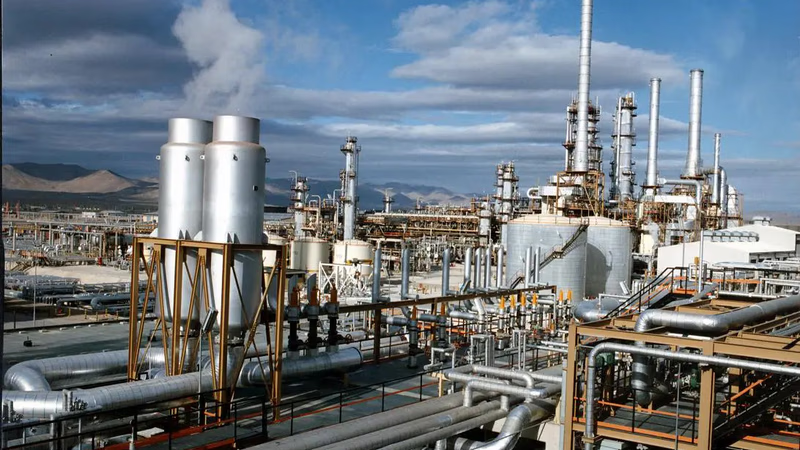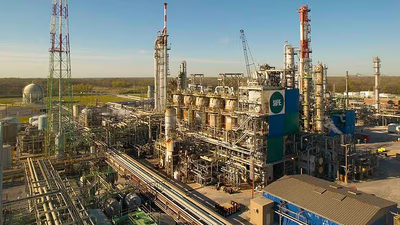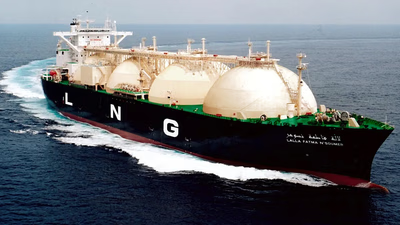
Ethylene"s role in plastics and agriculture is crucial. "
One of the primary uses of ethylene is as a feedstock for the production of plastics. It serves as the building block for polyethylene (PE), which is the most widely produced plastic in the world. Polyethylene is used in various forms, such as high-density polyethylene (HDPE) and low-density polyethylene (LDPE), and finds applications in packaging, construction, automotive, and many other industries. Ethylene is also utilized in the production of synthetic fibers like polyester and polyethylene terephthalate (PET). These fibers are widely used in textiles, clothing, carpets, and other applications.
Ethylene is a crucial raw material for the production of various chemical intermediates. For example, it is used to produce ethylene oxide, which is further converted into ethylene glycol, a vital component in the manufacturing of polyester fibers, automotive antifreeze, and various consumer products. Ethylene derivatives like ethyl alcohol, vinyl acetate, and acetaldehyde are used as solvents and chemical building blocks in the production of paints, coatings, adhesives, resins, and other specialty chemicals.
Ethylene is an important raw material for the production of many of the most widely used organic compounds in industry. Ethylene is widely used in the plastics industry. Ethylene polymerizes to produce polyethylene, which is a very important plastic. By repetition, it produces polyvinyl chloride (PVC) precursors. When combined, benzene forms ethylbenzene, which is the main material of polyester. Ethylene is a plant hormone that causes fruits to ripen, flowers and blossoms to open, and leaves to fall in the autumn. For this property, it is used in agriculture.
Ethylene is widely used in the plastics industry. In fact, ethylene is one of the basic constituents of excellent materials or polymers in industry. Ethylene is abundant in oil and gas extracted from mines and is one of the downstream petrochemical products. Ethylene gas is used as a very important raw material in industry to produce many organic compounds and in the plastics industry to produce polyethylene, which is a very important plastic, by the method of ethylene polymerization. The use of ethylene to combine with benzene and the production of ethyl benzene, which is the main material of polyester, is also noteworthy.
Ethylene is employed in the agricultural industry for the controlled ripening of fruits. By exposing fruits to ethylene gas, farmers and distributors can accelerate the ripening process, allowing for better supply chain management. Ethylene is also used to inhibit sprouting and extend the storage life of certain fruits and vegetables. Ethylene oxide, a derivative of ethylene, is widely used as a sterilizing agent for medical equipment and supplies. It effectively kills microorganisms and is particularly useful for heat-sensitive materials.
Ethylene, in combination with oxygen, is used as a fuel gas for oxy-fuel welding and cutting processes. The high temperature and controlled combustion properties of ethylene make it suitable for these applications. Ethylene continues to be studied and explored for its potential applications in various fields. Researchers are investigating its role in plant biology, developing ethylene-based sensors, exploring its use as a fuel or energy source, and investigating its potential in pharmaceutical and biomedical applications.
-

Ethylene, first isolated in 1855 by Charles-Adolphe Wurtz, has a rich history tied to both industrial and agricultural applications. Initially recognized for its flammable properties, it was used as a fuel gas and in lamp production. The early 20th century marked a pivotal shift as scientists like Dimitry Neljubow identified ethylene"s role as a plant hormone, influencing fruit ripening and leaf abscission. The commercial production of ethylene began in the 1930s with steam cracking technology, enabling large-scale synthesis from petroleum feedstocks. This led to its widespread use in producing plastics and chemicals. Research has since expanded our understanding of ethylene"s effects on plant growth, impacting agricultural practices significantly. Recent advancements focus on sustainable production methods and genetic engineering to create ethylene-insensitive plants, enhancing crop resilience and storage life.
-

West Asia, particularly Saudi Arabia, Qatar, and Iran, is pivotal in the global petrochemical sector, especially in ethylene production. The region"s vast reserves of natural gas and crude oil serve as primary feedstocks for ethylene, with natural gas being the most cost-effective option. Ethane cracking is a common method used to produce ethylene from natural gas liquids. The Middle East accounts for 22% of global ethylene production, with significant investments in large-scale petrochemical complexes that integrate refining and production processes. Proximity to major consumer markets in Asia, Europe, and Africa enhances the competitiveness of West Asian producers. However, increasing demand from other sectors like power generation has strained gas supplies for petrochemical use, prompting a shift towards heavier feedstocks like naphtha. Iran is expanding its ethylene capacity significantly with several projects aimed at boosting production by 2025. This expansion could position Iran to control 32% of the Middle East"s ethylene output and 7% globally.
The region remains a key exporter of ethylene derivatives such as polyethylene and glycol, bolstering its economy and supporting international supply chains. Competitive advantages include abundant feedstocks, strategic market access, favorable investment climates, and robust logistics infrastructure.
-

Ethylene (C2H4) is a colorless, flammable hydrocarbon gas that serves as a crucial plant hormone influencing growth and development. It regulates processes such as seed germination, fruit ripening, and leaf senescence. Ethylene is produced in various plant tissues and released into the atmosphere, playing a vital role in agriculture by promoting ripening and abscission. In addition to its biological significance, ethylene is a key raw material in the petrochemical industry, primarily used for producing polyethylene and other polymers. Its commercial production involves methods like steam cracking of hydrocarbons from crude oil or natural gas. Ethylene derivatives are essential in manufacturing solvents, detergents, antifreeze, and textiles. The gas is available in various capsule sizes for agricultural use. Ethylene"s dual role as both a natural plant hormone and an industrial feedstock highlights its importance across multiple sectors. "
-

Ethylene is a vital feedstock in the production of plastics, particularly polyethylene, which is extensively used across various industries including packaging, construction, and automotive. It also plays a significant role in creating synthetic fibers like polyester and PET, essential for textiles and consumer products. Ethylene derivatives are crucial for manufacturing chemical intermediates such as ethylene oxide and ethyl alcohol, which serve as solvents and building blocks in paints, coatings, and adhesives. Additionally, ethylene acts as a plant hormone that facilitates fruit ripening and extends the shelf life of produce. Its applications extend to sterilization processes in medical equipment and as a fuel gas for welding due to its high combustion properties. Ongoing research aims to uncover further uses of ethylene in plant biology, energy sources, and pharmaceuticals.




